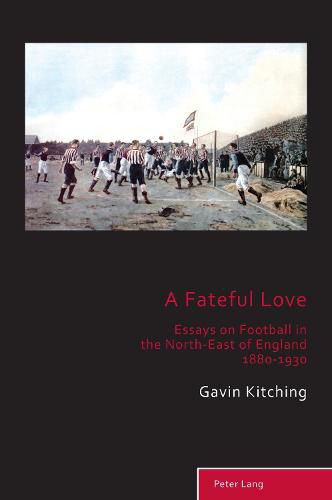A Fateful Love: Essays on Football in the North-East of England 1880-1930
Gavin Kitching

A Fateful Love: Essays on Football in the North-East of England 1880-1930
Gavin Kitching
This title is printed to order. This book may have been self-published. If so, we cannot guarantee the quality of the content. In the main most books will have gone through the editing process however some may not. We therefore suggest that you be aware of this before ordering this book. If in doubt check either the author or publisher’s details as we are unable to accept any returns unless they are faulty. Please contact us if you have any questions.
How did the world’s most popular sport begin? How was the ancient family of pastimes called folk football transformed into a new codified game - association football - which attracted such large numbers of players and paying spectators? Gavin Kitching tackles the question through a strikingly original and deeply researched history of the game in one of its most passionate strongholds: the north-east of England. Making extensive use of previously neglected newspaper reports and other sources, he shows how, in just a few years of the 1870s and 1880s, soccer evolved from its origins as a collective scramble into a dispersed and intricate passing game, exciting and rewarding for players and spectators alike. But the booming popularity of football in the Victorian North-East also had deeply ambiguous consequences - for footballers, for the clubs for which they played, and for the local press which reported the game and further fuelled its popularity. Kitching analyses these ambiguities in chapters on the professionalization and commercialisation of elite soccer in Newcastle and Sunderland and in an account of the shamateur Northern League clubs of the Durham coalfield. A Fateful Love concludes by tracing these ambiguities through to the present day. The visual excitement and beauty that created professional football lives on, but the media-driven commodification which has marked it from its beginnings has now reached levels which raise profound concerns for the game’s future.
This item is not currently in-stock. It can be ordered online and is expected to ship in 7-14 days
Our stock data is updated periodically, and availability may change throughout the day for in-demand items. Please call the relevant shop for the most current stock information. Prices are subject to change without notice.
Sign in or become a Readings Member to add this title to a wishlist.


